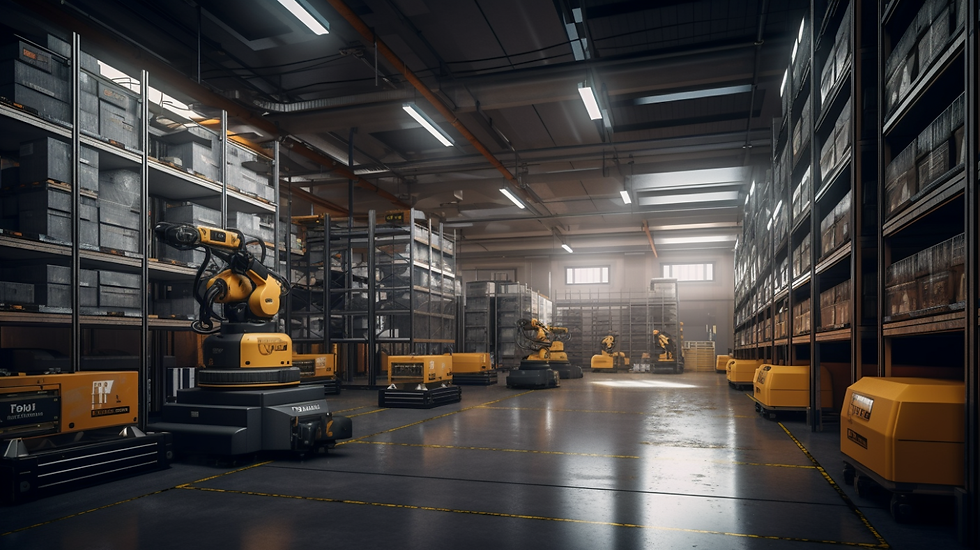Demystifying IoT: A Comprehensive Guide to the Internet of Things
- Roger Pearson
- Mar 19, 2023
- 2 min read
Updated: Mar 20, 2023
Introduction
The Internet of Things (IoT) has quickly become a buzzword in the world of technology, transforming industries and changing the way we live, work, and play. Despite the widespread use of this term, many people still find it hard to understand what IoT is and how it affects their daily lives. In this comprehensive guide, we will demystify IoT, exploring its core components, applications, and the incredible potential it holds for the future.

What is IoT?
IoT is a network of interconnected physical objects embedded with sensors, software, and other technologies that enable them to collect and exchange data with other devices and systems over the internet. These "smart" devices range from household appliances, such as thermostats and lighting systems, to industrial machinery and wearable devices. IoT connects the physical and digital worlds, allowing for real-time monitoring, analysis, and control of various aspects of our lives.
Key Components of IoT
Sensors: IoT devices use sensors to gather data about their environment or internal state. Examples of sensors include temperature, humidity, pressure, motion, and many more.
Connectivity: IoT devices connect to the internet through various means, such as Wi-Fi, Bluetooth, cellular networks, or even satellite connections. This connectivity enables data transmission between devices and systems.
Data Processing: Once data is collected, it needs to be processed and analyzed. This can occur on the device itself (edge computing) or be transmitted to a central server or cloud platform for analysis.
User Interface: IoT systems often have a user interface, such as a mobile app or web dashboard, allowing users to interact with the devices, view data, and make adjustments.

Applications of IoT
IoT technology has a wide range of applications across various industries, including:
Smart Homes: IoT devices, such as smart thermostats, lighting systems, and security cameras, make homes more energy-efficient, comfortable, and secure.
Healthcare: IoT-enabled wearables, like fitness trackers and heart rate monitors, help individuals track their health and wellness. IoT is also utilized in remote patient monitoring and medical equipment management.
Manufacturing: IoT devices monitor and control production processes, optimizing efficiency, and reducing downtime.
Agriculture: IoT sensors and drones monitor weather conditions, soil quality, and crop health, enabling farmers to make data-driven decisions and improve yields.
Transportation: IoT technology powers connected vehicles, traffic management systems, and public transit solutions, improving road safety and reducing congestion.
The Future of IoT
As IoT technology continues to evolve, we can expect even more innovative applications and solutions. With advancements in artificial intelligence, machine learning, and edge computing, IoT devices will become more intelligent, making autonomous decisions based on real-time data. Enhanced security measures will also be crucial in protecting sensitive data and ensuring user privacy. The integration of IoT into our lives will undoubtedly lead to more efficient, sustainable, and connected world.
Conclusion
The Internet of Things is a powerful technological revolution that is transforming industries and improving our daily lives. By connecting physical objects to the digital realm, IoT provides valuable insights, enhances efficiency, and enables new applications and services. As IoT continues to grow and evolve, we can look forward to a more connected, intelligent, and innovative future.



Comments